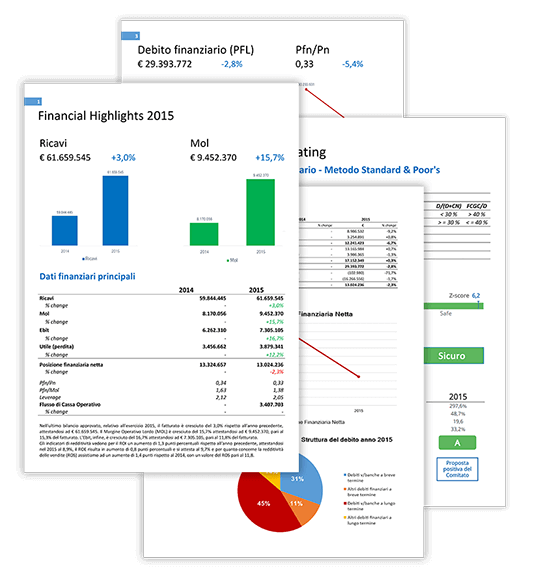
Bank statements are essential financial documents that provide a detailed record of your transactions, helping you keep track of your finances. When it comes to creating these statements, businesses and individuals have the choice of using either software or manual methods. In this article, we will compare the pros and cons of both approaches to assist you in determining which method aligns better with your requirements.
The Pros and Cons of Using Software for Creating Bank Statements
Pros:
- Automation and Efficiency: Software tools automate the process, saving time and effort in generating bank statements.
- Accurate Calculations: Calculations are less prone to human error, ensuring precise and reliable bank statements.
- Data Integration: Many software options allow seamless integration with accounting systems, streamlining financial record-keeping.
Cons:
- Cost: High-quality software may come with a significant upfront cost or ongoing subscription fees.
- Learning Curve: Learning to use the software effectively may require training and adjustment for some users.
- Security Concerns: Storing financial data digitally raises cybersecurity considerations that need to be addressed.
Read it: False pay stubs for fake employees:
The Pros and Cons of Using Manual Methods for Creating Bank Statements
Pros:
- Cost-Effective: Manual methods are generally more budget-friendly as they do not require purchasing software.
- Hands-On Control: Some individuals prefer manual methods as they offer a greater sense of control over the process.
- No Technical Dependencies: Manual methods do not rely on technology, reducing the risk of software malfunctions.
Cons:
- Time-Consuming: Creating bank statements manually can be time-consuming, especially for businesses with high transaction volumes.
- Potential Errors: Human errors in calculations and data entry can lead to inaccuracies in the bank statements.
- Limited Reporting Features: Manual methods may lack advanced reporting and analysis capabilities present in software solutions.
Read it: How do I complete my Self Employment Ledger?
FAQs (Frequently Asked Questions)
Q1. Which software is best for creating bank statements? The best software depends on your specific needs and budget. Popular options include QuickBooks, Xero, and FreshBooks.
Q2. Are there free alternatives to paid software for creating bank statements? Yes, some free accounting software, like Wave and GnuCash, offer basic bank statement creation features.
Q3. Can I switch from manual to software-based methods later? Yes, you can transition from manual to software methods at any time. Ensure a smooth migration by properly transferring your financial data.
Conclusion
Choosing between software and manual methods for creating bank statements requires careful consideration of your resources, needs, and preferences. Each approach has its merits and drawbacks, and the decision ultimately depends on what aligns best with your financial management style. The software provides efficiency, accuracy, and integration capabilities, but it may come with a cost and a learning curve. On the other hand, manual methods offer cost-effectiveness and a hands-on approach, but they can be time-consuming and prone to errors. Evaluate your priorities and weigh the pros and cons presented in this article to make an informed choice. Whichever method you choose, remember that creating accurate bank statements is vital for maintaining financial transparency and making informed decisions about your finances.



